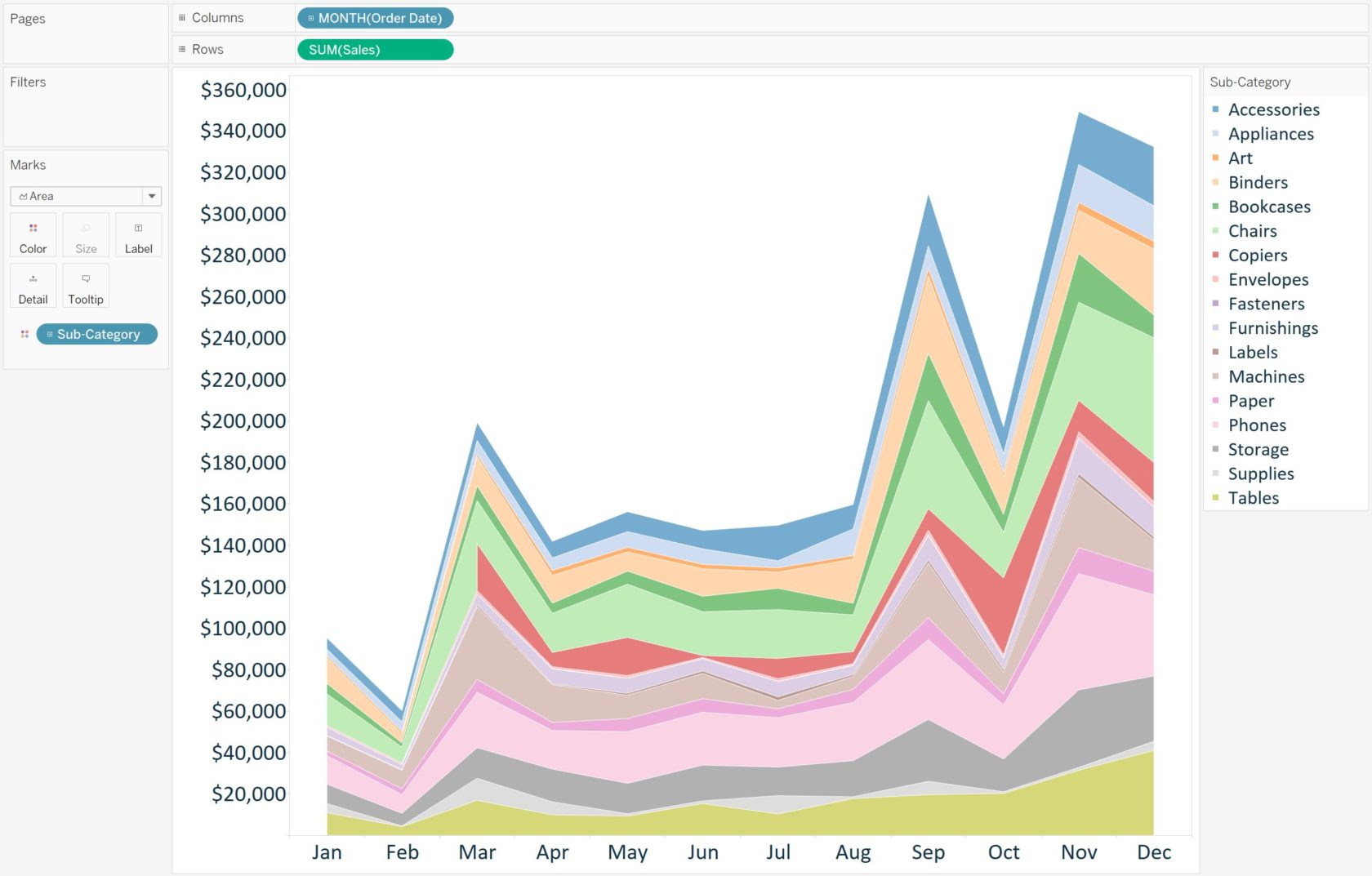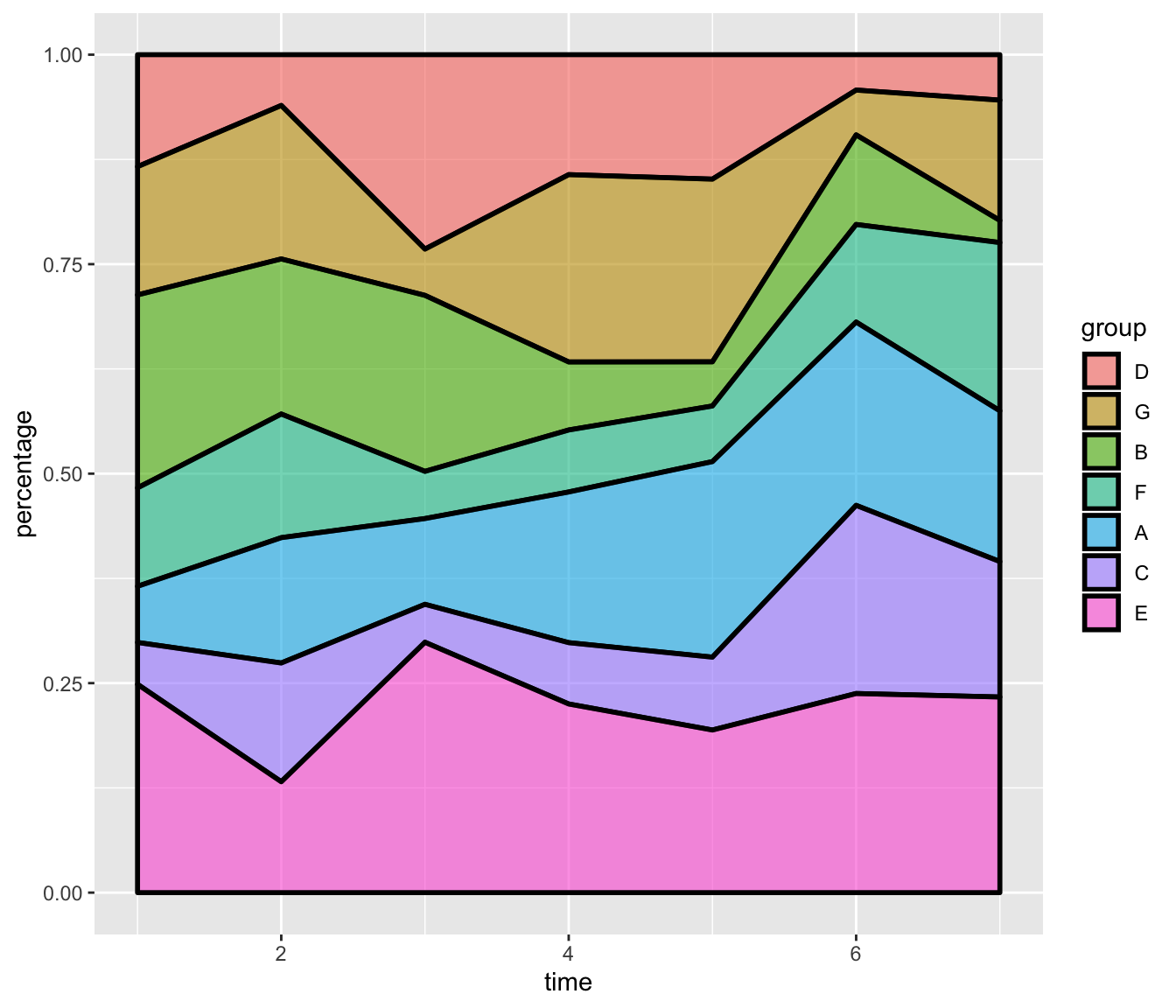Real Tips About What Is The Difference Between Stacked Area Chart And Multiple Line Plot Best Fit Python Matplotlib

In this article, we explore when to use.
What is the difference between stacked area chart and multiple line chart. Each bar in a standard. Table of contents. A line chart (aka line plot, line graph) uses points connected by line segments from left to right to demonstrate changes in value.
Place categories in a logical order: Every variable is stacked one upon the other with different colors. They even facilitate the same type of analysis, but their functions are not interchangeable.
There are four types of area charts (ac): Best practices and design strategies. When rendered with stacked data plots, the.
If you want to show how values differ in different categories, consider a (stacked) bar, column chart or split bars instead. In a stacked area chart, all of the lines are stacked on top of each other over a straight baseline at the bottom of the stack. Area charts work best if the total is as important as.
Consider if your categories have a natural order in terms of size, importance, or. Stacked area graphs work the same way as simple area graphs, except for displaying multiple data series that start each point from the point left by the previous data series. With a stream graph, the baseline is set through the center of the chart, and the areas symmetrically gathered around the central line.
A stacked area chart visualises the relationships among components by layering them on top of each other to create a unified whole. The line and area charts appear to be very similar. While a stacked column chart.
A scatter plot displays values on two numeric variables using points positioned on two axes: Stacked area chart (also known as stacked area plot) is a variation on a simple area chart with multiple areas stacked on top of each other. A stacked area chart helps to compare different variables by their quantities over a time interval.
Use a meaningful ordering when stacking multiple data series. By stacking the areas on top of each other, also known as the stacked area chart, they showcase the relative proportions and contributions of different elements. Schematic diagram of an area chart.
Stacked area charts typically allow us to visualize how a measure, observed through multiple category values, changes over time. A stacked area chart is a variation of the standard area chart where we showcase how a measure, broken down into categories, trends over time. In simple terms, an area chart colors the space under a line to show the overall values, while a stacked area chart stacks multiple lines on top of each other to.
A stacked line chart can not only show the value of each series but also show the total value of all the series in the same period.























